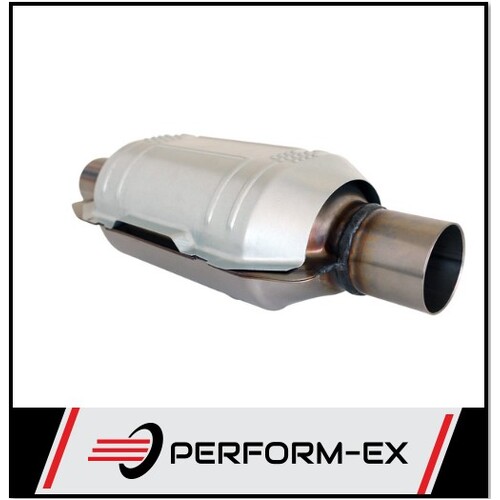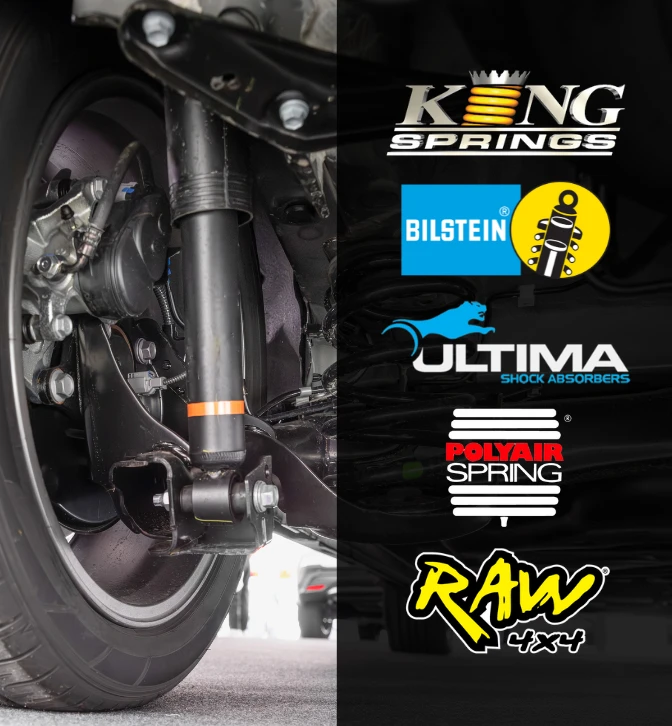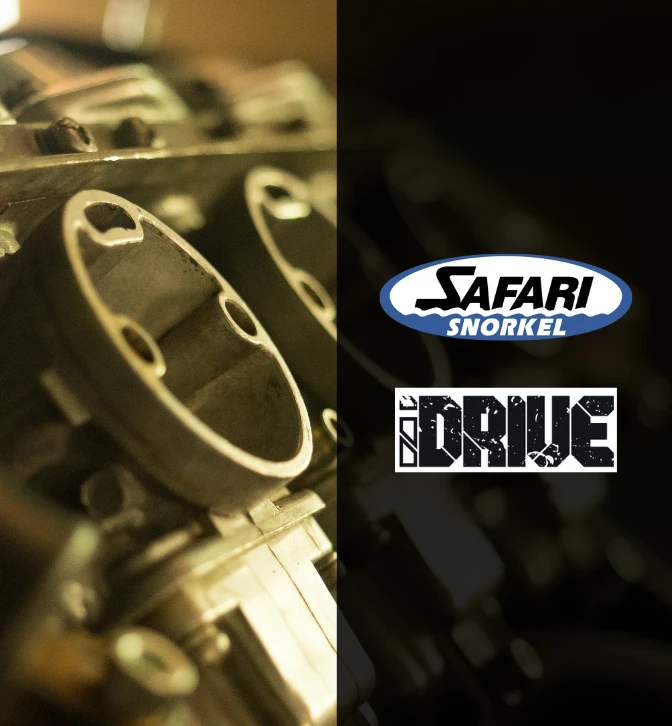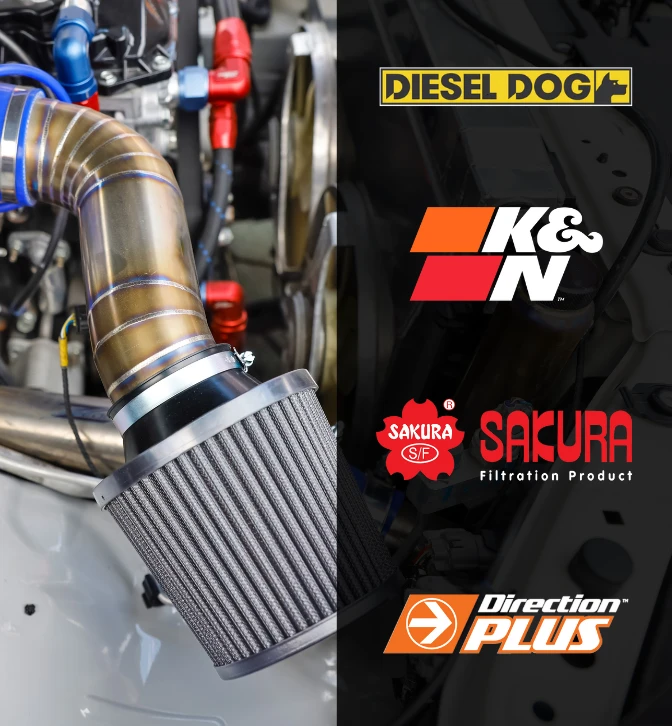-
Exhaust
- Back
- Exhaust
- Performance Exhaust Systems
- Standard Replacement Exhaust Systems
-
Exhaust Accessories
- Exhaust Bolts, Nuts & Studs
- Clamps
- Collectors
- Exhaust Reducers & Couplers
- Exhaust Tips
- Flange Plates
- Exhaust Flex Bellows
- Exhaust Brackets & Hanger Rods
- Gaskets
- Heat Tape
- Mandrel Bends
- O2 Sensors & Exhaust Temperature Sensor Accessories
- Paint
- Muffler & Exhaust Mounting Brackets
- Tube
- X & Y Pipes
- All Exhaust Accessories Products
- Catalytic Converters
- DPF Filters
- Exhaust Extractors / Headers
- Universal Mufflers & Hotdog Mufflers
- All Exhaust Products
![Exhaust]()
- Suspension
- Performance
- Towing
- Filters
- Truck
- On Sale
- About Us
- Blog
- Contact Us
What Does a Catalytic Converter Do?
Date Posted: 8 August 2024

Understanding what a catalytic converter does is one of the essential things you need to know if you are interested in vehicle maintenance or even if you just wish to make sure that you comply with environmental regulations. This essential component is found in the exhaust systems of both gasoline and diesel vehicles and in this article, we will explore the function, types, location, symptoms of malfunction, and the repair or replacement options for catalytic converters, providing you with a comprehensive overview. So let’s start with the basics.
What Is a Catalytic Converter and How Does It Work?
A catalytic converter is an essential component of a vehicle’s exhaust system. Its primary function is to reduce harmful emissions produced by the engine, be it diesel or gasoline, by transforming them into less harmful substances before they are released into the atmosphere. It consists of a sturdy metallic casing that houses a ceramic honeycomb or a ceramic bead structure. This design maximises the surface area exposed to the exhaust gases, ensuring efficient conversion of pollutants. Inside this casing, there are catalysts made of precious metals such as platinum, rhodium, or palladium. These metals are chosen for their ability to withstand high temperatures and their excellent catalytic properties.

When exhaust gases pass through the catalytic converter, they encounter the catalyst-coated surfaces. The catalytic reaction begins as the catalysts facilitate a chemical process that converts harmful gases into less harmful ones. In simplified terms:
- Carbon monoxide (CO) is oxidized to form carbon dioxide (CO2) by reacting with platinum and palladium.
- Unburned hydrocarbons are oxidized to form carbon dioxide (CO2) and water (H2O) by reacting with platinum and palladium.
- Some catalytic converters break down nitrogen oxides (NO and NO2) into nitrogen (N2) and oxygen (O2) by reacting with rhodium.
Through these chemical reactions, your catalytic converter plays a crucial role in helping to protect the environment and improve air quality. So, this is what a catalytic converter does, but you should also know that having a cat converter is not optional in Australia - you need a cat converter to meet environmental regulations.
As a side note, we should mention that catalytic converter theft is on the rise in Australia. Thieves target cat converters because of the precious metals they have and because of the relative simplicity of stealing one. One option you have is to install a cage-like aftermarket part, usually called a cat shield, to reduce the chance of your catalytic converter being stolen.
With that short digression out of the way, let’s get back to talking about what a catalytic converter does by discussing the two types that exist.
The Two Types of Catalytic Converters
There are two types of catalytic converters: 1. two-way and 2. three-way converters. Two-way converters oxidize CO to CO2 and unburned hydrocarbons to CO2 and water; older petrol cars and diesel cars have two-way converters. Three-way converters have the same functions as two-way converters and break down NO and NO2 to N2 and O2; if you have a newer petrol car, you likely have a three-way catalytic converter.
Where Is It Located and What Does It Look Like?
Typically, you will find your cat converter somewhere between the engine and the muffler and integrated into the exhaust system. In most cars, you'll find it positioned close to the engine, either in the engine bay or underneath the vehicle, to ensure it reaches its optimal operating temperature quickly after the engine starts - it looks like a cylindrical or oval-shaped metal canister.
It is usually made from stainless steel to withstand the high temperatures and corrosive nature of exhaust gases. The size and shape can vary depending on your vehicle's make and model, but its primary features remain consistent. Knowing where it is and what it looks like can help you in identifying it during vehicle inspections or when diagnosing exhaust system issues - which leads us to our next point.
How Can You Tell If a Catalytic Converter Is Not Working Properly?
.jpg)
A clogged catalytic converter can cause several noticeable symptoms. You might experience a significant drop in engine performance, such as sluggish acceleration or reduced power. The exhaust system may produce a sulfuric, rotten egg smell due to unprocessed gases. Increased heat around the catalytic converter can also happen, and this can potentially damage nearby components.
Additionally, the check engine light might illuminate, and your vehicle may fail an emissions test. If you notice any of these symptoms, you might want to consult a mechanic or at least do a visual inspection of the cat converter yourself - you might be able to notice clogging with your bare eye. Recognising these symptoms early can both help prevent further damage and ensure your vehicle continues running efficiently.
Is Repair or Replacement a Better Option?
If your catalytic converter is clogged, cleaning it might be an option. You can try adding a catalytic converter cleaner to the gas tank or remove it, disassemble it, and clean it. However, this will also require you to assemble it and reinstall it, so you shouldn’t do this if you don’t have the mechanical knowledge.
In case the cat converter is damaged, in some rare instances it can be repaired, but the cost of repairs is often almost as much as getting a new part installed. Generally, the better option is to replace your damaged catalytic converter with a new one. And we have a wide selection of high-quality catalytic converters for you to choose from at Perform-Ex Auto.
We have been providing affordable aftermarket parts to Australians since 1976 and our collection includes universal and direct-fit catalytic converters for many vehicle makes and models. Our aftermarket cat converters are made to optimise the exhaust flow, thereby making sure you comply with environmental regulations without hindering the performance of your vehicle.
Place your order online and we will ship your new cat converter to anywhere in Australia.
Leave a comment







